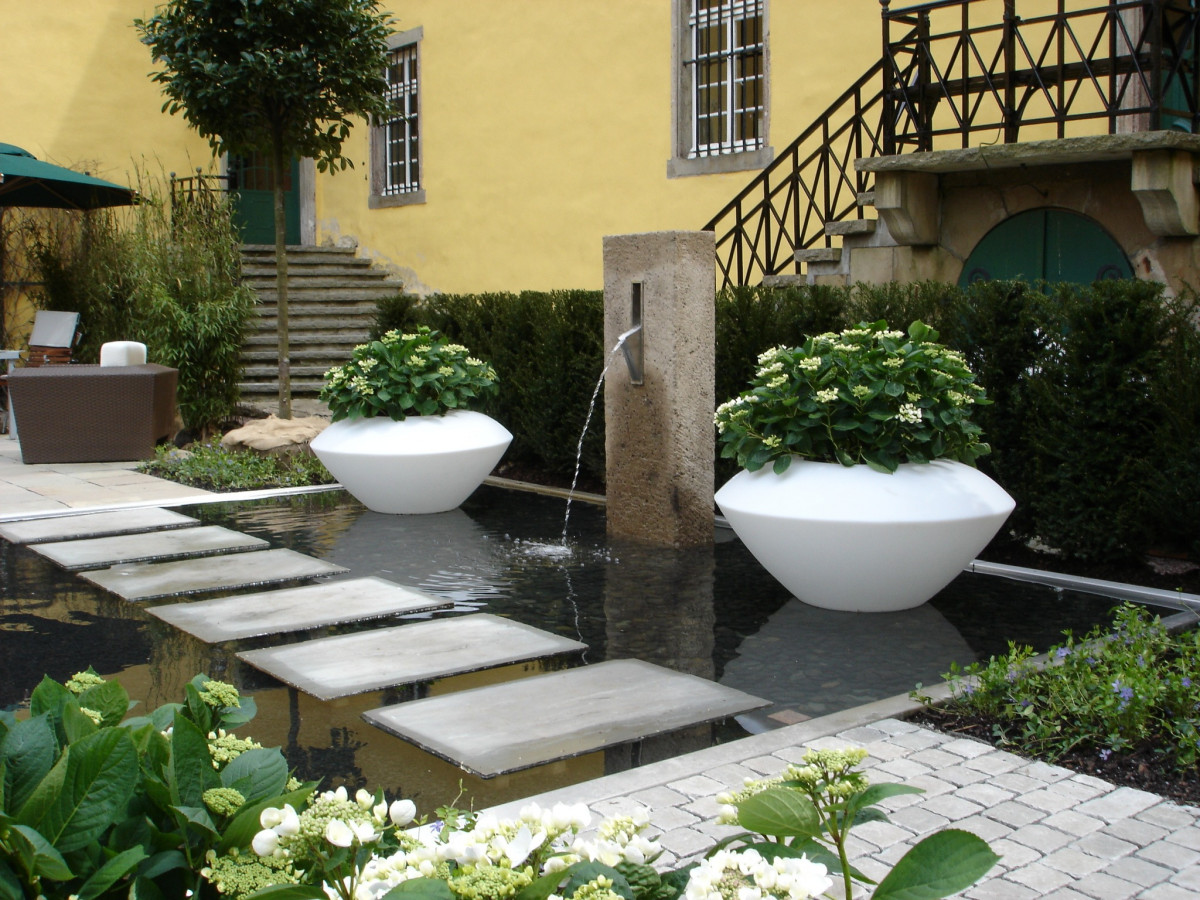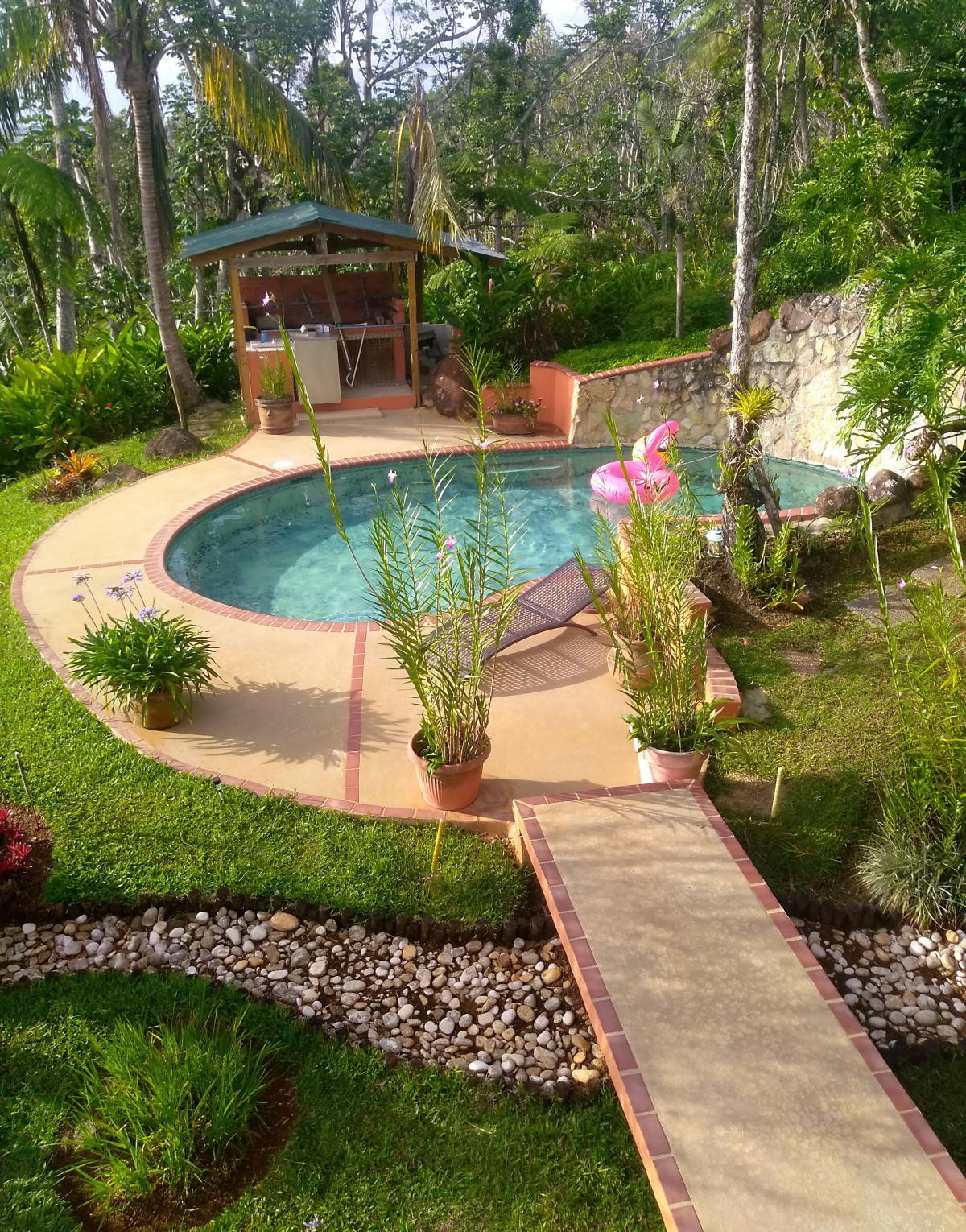So you’re considering acquiring a swimming pool for your yard that will provide your family with years of delight, laughter, and fun. Owning a swimming pool will undoubtedly have a positive and long-term impact on your life. Regardless, it’s critical that you understand your options and which pool style would best suit your needs to get the most out of this experience.
Option #1: Above Ground Swimming Pools
Advantages of above ground pools
An above-ground swimming pool has one undeniable advantage: affordability. Without a doubt, an above-ground pool will be less expensive than any form of an in-ground pool, provided you don’t build a large deck around it, in which case you could have just as easily purchased an in-ground pool.
Disadvantages of above-ground pools
The most significant disadvantage of above-ground pools is their appearance. An above-ground pool may be considered an eyesore by some. Subdivisions frequently prohibit their building due to covenants. An above-ground pool, even if surrounded by a deck, will rarely improve the aesthetic of your home or yard. In reality, it will almost certainly operate as a deterrent.
Another drawback of an above-ground pool is its limited depth and design options. Most above-ground pools are available in one of three shapes: circle, oval, or rectangular.
Above-ground pools are not designed to last for a long period. Their metal walls are easily oxidized and rusted, and most buildings will disintegrate between the ages of 8 and 15. As a result, an above-ground pool is rarely considered an enhancement when a home is evaluated, and it might be a turnoff when trying to sell a home.
Option #2: Vinyl Liner Inground Swimming Pools
Advantages Of Vinyl Liner Pools
If you want an inground pool but don’t have much money, a vinyl liner can be the best option. Because of their low material costs, a vinyl liner pool will often cost $5,000 to $10,000 less than a concrete or fiberglass pool at first.
A vinyl liner pool has very few limitations when it comes to style and size. Using today’s technology, you can create the pool as shallow and curvy as you like it.
Disadvantages Of Vinyl Liner Pools
The liner is the most important disadvantage of a vinyl liner inground pool. The substance is a polymer, and it will degrade and need to be replenished over time. In addition, the liner can easily split or come undone from the sides, causing it to sink into the water slowly.
Depending on the size/ shape of the pool, you can expect your inground vinyl liner to last 7-12 years on average (and regardless of what “warranties” indicate), with replacement costs ranging from $3,000 to $7,000 (labor, liner, and water).
Another drawback of a liner pool is its appearance. A conventional liner pool installation will, in general, appear to be much “cheaper” and “temporary” than a fiberglass or concrete pool.
As a result, unlike a fiberglass or concrete pool of the same size, vinyl liner inground pools often do not add value to your home.
Vinyl-lined pools are no longer offered in many countries, and fiberglass and concrete pools are the preferred swimming pools.
Option #3: Concrete Swimming Pools
Advantages of concrete pools
The first advantage of a concrete pool is that you can customize it as you want, shape, size, or even depth. So it is not one model that has been provided to you but a model that you want.
Keep in mind that a concrete pool will also add value to your house if you decide to sell it afterward.
Disadvantages of concrete pools
The most significant drawback of a concrete pool is the extensive upkeep necessary to keep it looking nice, clear, and clean. A concrete pool requires additional chemicals and scrubbing during the season, but it also requires a costly resurfacing every 8-15 years on average.
The roughness of the surface of a concrete pool is another disadvantage. This roughness causes acid washing and easy algae development, but it can also be quite harsh on children’s feet, causing them to bleed after only a few hours in the pool.


